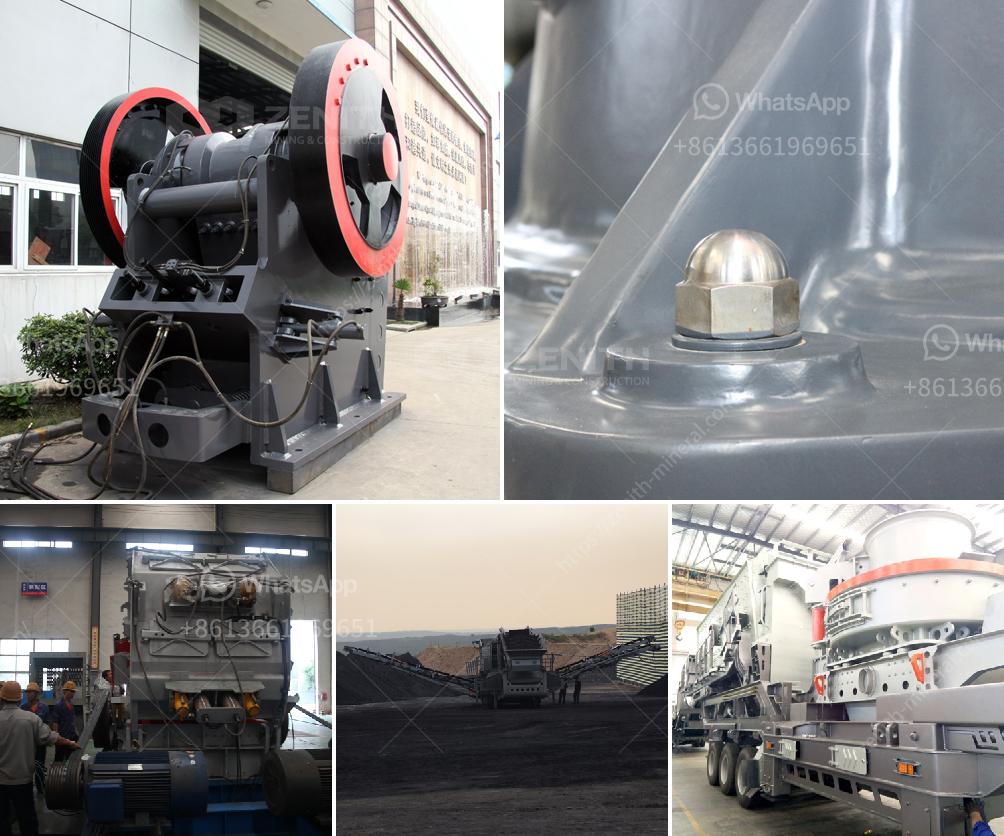Crushed and uncrushed aggregates are two types of materials commonly used in construction, particularly in concrete production and road building. Here’s a brief explanation of each:
Crushed Aggregates:
- Definition: These are stones that have been mechanically broken down into smaller pieces through a process of crushing. They typically have angular shapes with sharp edges and rough textures.
- Characteristics:
- Better bonding with other materials like cement due to their rough surface.
- Usually more consistent in size and shape, which can lead to better compaction and stability.
- Often stronger and more durable compared to uncrushed aggregates.
- Common Uses: Concrete mix, road base layers, railway ballast, and as a material for various construction activities.
Uncrushed Aggregates:
- Definition: Also known as natural or rounded aggregates, these are materials that have been naturally shaped by geological processes, such as erosion or weathering. They typically have a smoother, rounded appearance.
- Characteristics:
- Smoother texture and rounded shape.
- Generally, provide less mechanical bonding compared to crushed aggregates.
- May have more variability in size and shape.
- Common Uses: Concrete mix (where workability is more important), drainage systems, and decorative purposes due to their aesthetic appeal.
Key Differences:
- Shape and Texture: Crushed aggregates are angular and rough, whereas uncrushed aggregates are rounded and smooth.
- Bonding: The rough surface of crushed aggregates promotes better bonding with cement in concrete, enhancing strength.
- Application: Crushed aggregates are preferred in structural applications requiring higher strength and durability, while uncrushed aggregates are often used where aesthetics or workability is prioritized.
Understanding the differences between these types of aggregates is crucial for selecting the right material for specific construction projects.


